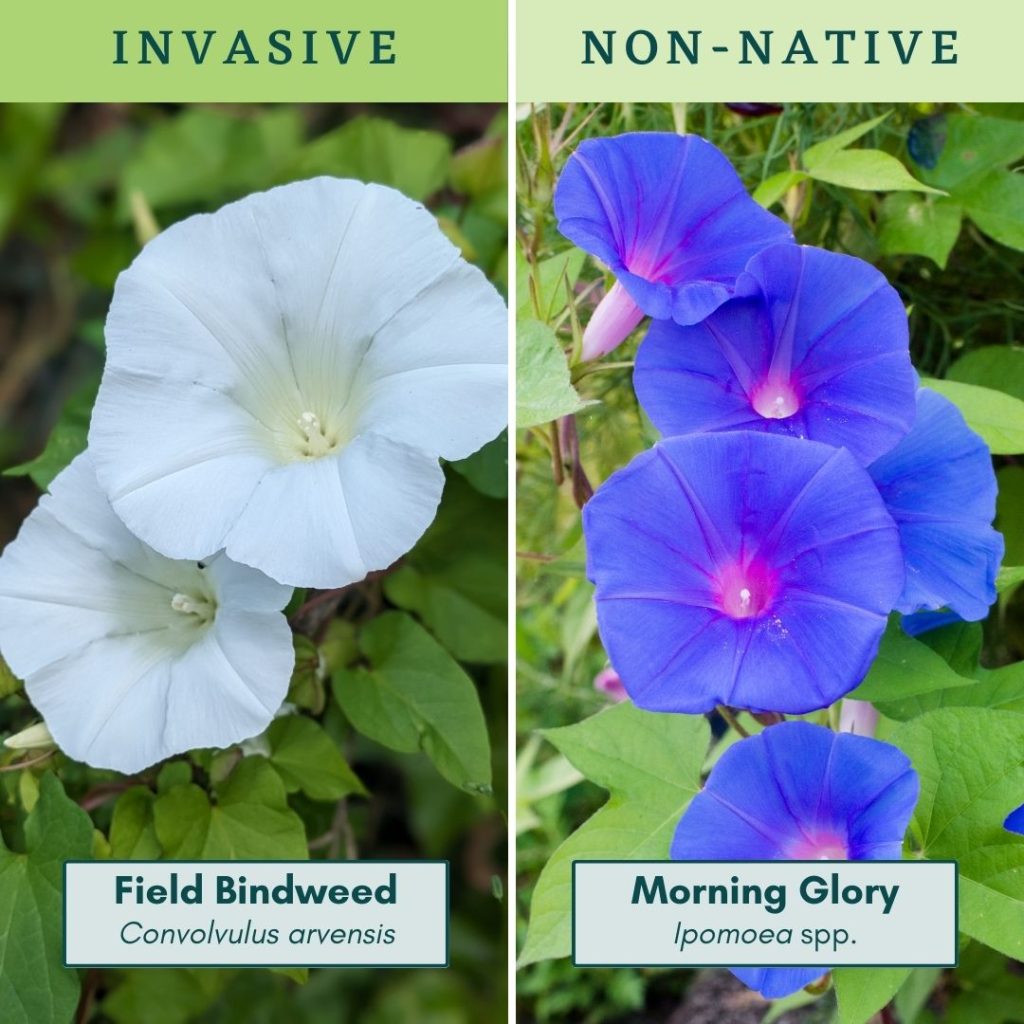Have you ever had a conversation where you were absolutely convinced that both of you were talking about the same thing—only to realize you weren’t? If you’ve ever discussed a species using only its common name, you may have encountered this issue. That’s where scientific names come in. Here’s an example:
This is common periwinkle:

Common periwinkle (Vinca minor) (Photo credit: Bob Brett)
And this is also common periwinkle:

Common periwinkle (Littorina littorea) (Photo credit: Wikimedia)
Wait… what? They’re both called common periwinkle?!
Although these two species share a common name, they have unique scientific names, which is how we can differentiate them.
What Are Scientific Names?
Scientific names follow a standardized system known as binomial nomenclature. They are in Latin and are always italicized. Each name consists of two parts:
- The genus (The first letter is always capitalized)
- The species (always lowercase)
This system ensures that every species has a distinct, universally recognized name, eliminating confusion. Scientific names provide a precise way to refer to an organism, no matter where you are in the world or what language you speak.
Using scientific names is particularly important in scientific research, conservation, and invasive species management. They help standardize communication and prevent misunderstandings.
Two Different Organisms, One Common Name
The term “common periwinkle” can refer to two entirely different species:
- Vinca minor: A low-growing, evergreen plant that is often used as ground cover. This species is considered invasive in the Sea to Sky region, where it forms extensive mats, displacing native vegetation.
- Littorina littorea: A small marine snail found in coastal habitats, especially along rocky shores of the North Atlantic Ocean.
Without scientific names, things start to get confusing quickly!
The Case of the Morning Glory
Another classic example of common name confusion is with morning glory. Unlike common periwinkle, which refers to only two distinct species, “morning glory” is a broad common name that applies to over 1,000 species across multiple genera (kind of like having numerous people with the same first name. Sorry, John!). Some of the most well-known species commonly called morning glory include:
- Ipomoea purpurea: A fast-growing vine with bright trumpet-shaped flowers, often cultivated as an ornamental plant.
- Ipomoea batatas: also known as the sweet potato vine, it belongs to the same genus as Ipomoea purpurea and produces edible tubers.
- Calystegia occidentalis: known as Western morning glory, it is native to California and Oregon.
- Convolvulus arvensis: The field bindweed, a species sometimes called morning glory, is an aggressive invasive weed that spreads rapidly and can be difficult to control.
It doesn’t help that a lot of these “morning glory” species look similar too!

The possible confusion surrounding the many morning glories highlights the need for scientific names. As a gardener, you might be looking for a beautiful flowering vine but if you’re not careful, you could plant an invasive species by mistake! By referring to plants by their scientific name, confusion is eliminated and you are sure to purchase the correct plant.
Want to learn more about invasive-free gardening? Check out our gardeners page!
How to Use Scientific Names Effectively
If you’re not a scientist, it might feel daunting to learn and use scientific names. However, even a basic understanding can help avoid confusion. Here are a few tips:
- When discussing plants or animals, look up their scientific name to confirm accuracy.
- Use both the common and scientific names when possible. For example, instead of saying just “common periwinkle,” specify “common periwinkle (Vinca minor)” if you’re talking about the plant, or “common periwinkle (Littorina littorea)” if referring to the snail.
Learn more:
References:


Add Comment